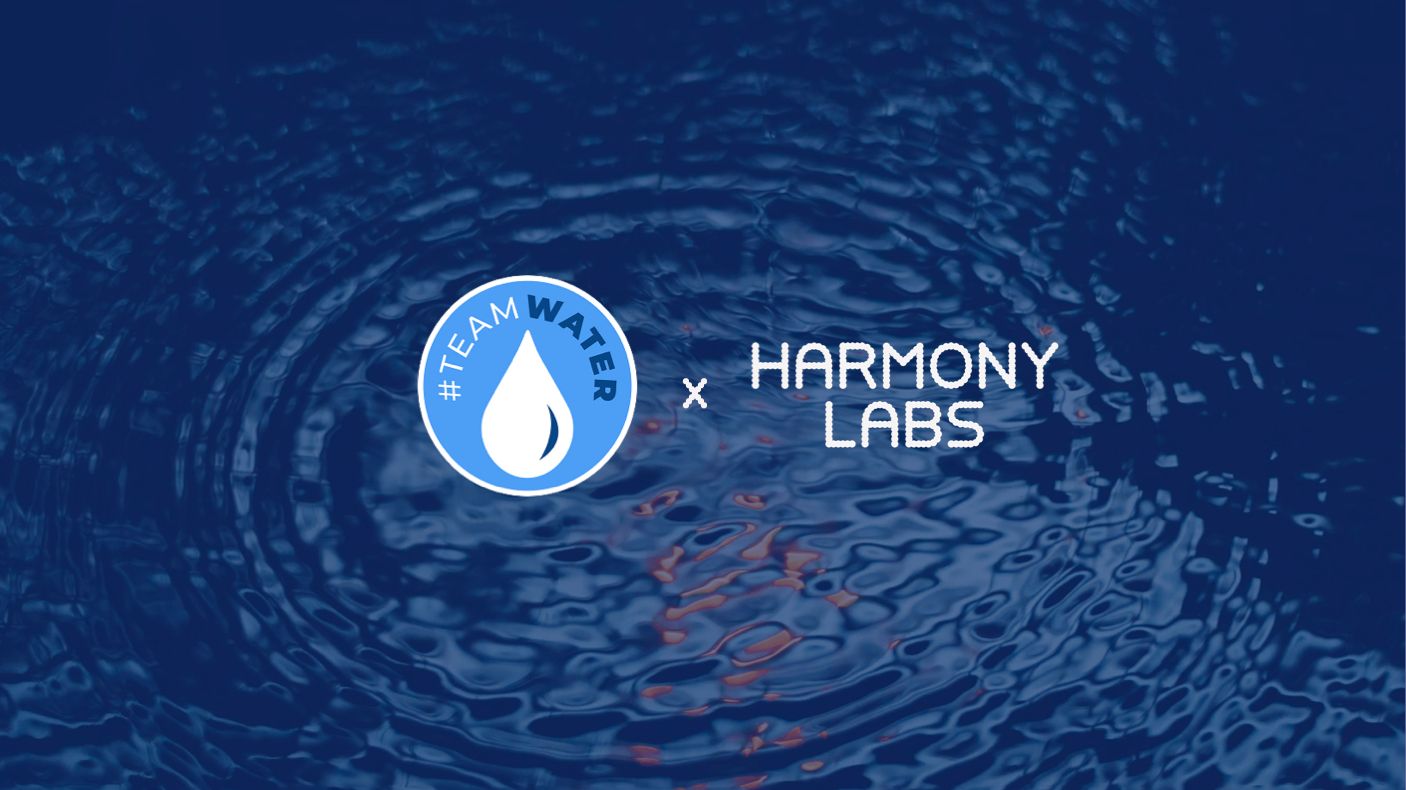Four Principles For Building Power in Media


2022-09-22
While this project and research report were both completed in early 2022, we believe the findings are valuable as evergreen insights to help those developing interventions to reduce gun harm and violence in the U.S.
Firearms exist as a cornerstone of American life. A February 2022 report shows nearly 7.5 million Americans became new firearm owners during the 1st year of the COVID pandemic. Firearm injury rates are skyrocketing, and most Americans — gun owners or not — misidentify the most common reasons for gun injury and death.
The result? Americans are increasingly united in their desire to reduce gun injury and violence, but are deeply divided on how to do so. Reasons for this are vast, but likely symptomatic of the social issue of “gun culture” and its myriad narratives. Guns define heroes and villains, create and resolve conflict, and establish the stories we engage with every day. But from news to entertainment to casual hobbies, how Americans approach and perceive guns — and firearm injury and safety — differs.
To answer the question of “who sees guns in what ways,” Harmony Labs and the Brown-Lifespan Center for Digital Health partnered to generate a first look at the online narrative landscape that exists around guns and firearms in America — with the goal of uncovering Americans’ narratives around not just guns themselves, but also firearm injury and violence. By exploring the volume and categories through which Americans encounter stories online about guns and gun injury in their lives, we hope to offer a first step in creating a path forward that both acknowledges the existing “gun culture” while also improving safety.
An important disclaimer: “FIREARM INJURY” is the problem we want to contribute to solving, but we consider any space in which stories about GUNS are told to be a space of rich, storytelling opportunity. Thus, we use the more general term (“GUNS”) here to talk about the cultural spaces in which firearm injury stories specifically could gain traction.
To understand Americans’ perspectives on guns, we framed this as a question of narrative. The objective was not to find out where the gun “problem” was, but to know where in the media Americans were encountering guns, as a first step to understanding how public narratives about guns are influencing peoples’ private lives.
Searching for where people consume gun content in this pilot project, we looked to a microcosm of all American culture: YouTube.
70% of all American adults see YouTube content every day .
The Narrative Observatory @Harmony Labs works with data donated by our commercial partners, audience data from research panels of individuals who have opted in to share their browsing behavior donated by Nielsen, and content data that records the actual stories delivered in the media donated by PeakMetrics. For this project, we used audience browsing behavior to identify which gun-related YouTube videos they watched and what gun-related searches they submitted to Google, Yahoo, and Bing. The research below concerns YouTube viewing and internet search behavior by American adults between January 2020 and September 2021. The results of our work were recently published as a peer-reviewed paper in Preventative Medicine, and we are excited to share publicly this new report.
The media Americans encounter serves as a backdrop for exposure to information about guns.
7% of all YouTube users or about 3.5% of all American adults consume gun-related content on YouTube daily.
We partitioned this YouTube watch behavior into 7 naturally occurring “gun ecosystems” that we identified by grouping similar watch patterns together. While specific to YouTube, the ecosystems embody a wide arc of culture that might reflect how Americans encounter guns across other media and social media platforms and cultural zones.
The ecosystems were: Hunting & Fishing, Guns & Gear, Guns 4 Fun, News & Hot Takes, Music, Movies, and Games, each reaching different numbers and types of Americans with gun-related videos.
We then looked at what types of searches YouTube viewers and other users in each ecosystem conducted. Across these ecosystems, we found that 95% of searches about guns and gun harms were about mass shooting events or police-involved shootings rather than other, more common kinds of harms including suicide, accidents, and violence in the home. This indicates that folks are fearful of the rare or newsworthy, rather than of the common and much more present risks of gun ownership.
For example, consuming content from the News & Hot Takes gun ecosystem, the ecosystem with the largest reach often characterized by outrage, arguments, and strong opinions, is associated with searching for active shooters and shootings. People who watched News & Hot Takes guns content on YouTube were more likely than people from other ecosystems to search on the same day for information about shootings and active shooters.
What this tells us: News & Hot Takes is a part of sustaining a pervasive narrative about firearm-related harms as random, unpreventable attacks by strangers — Americans are not exposed to the personal, localized burden of, or risks for, firearm injury. This narrative may serve to normalize firearm-related harms, decrease the perceived risk and impact of these harms, and make preventable firearm injury more likely.
As Americans experience firearms on YouTube, online searches and associated results, and then circle back again, they build narratives about “gun culture” along the way.
The biggest question we are left with:
What if ending firearm injury in the United States requires a rewrite of how we talk about “firearm injury” itself?
By beginning to understand how firearms shape the national consciousness, as well as the behavior of Americans in relation to firearms online, we can start to form a common set of norms that lay the groundwork for intervention and sustainable firearm safety.
This work is a first step in what we hope is evolving, ongoing research and analysis. If you are interested in collaborating on or contributing to our ongoing efforts to explore the data around firearm injury and safety, please get in touch.
About Brown-Lifespan Center for Digital Health
The Brown-Lifespan Center for Digital Health (CDH) is a hub where creative minds across diverse disciplines and perspectives can create and implement impactful digital health. CDH is a model of how an academic medical center can influence health by uniting technology, science, entrepreneurs, healthcare, and health systems.
About Harmony Labs
Harmony Labs is a 501c(3) non-profit on a mission to create a world where media systems support democratic culture and healthy, happy people. We’ve been doing audience, narrative, and story analysis for more than a decade, helping storytellers channel the immense power of story to shape the future. With the Narrative Observatory project, for the first time ever, we’re harnessing powerful industry relationships and an academic research network to develop data infrastructure purpose-built to identify and track narratives and story opportunities, and to learn about audiences across platforms.



